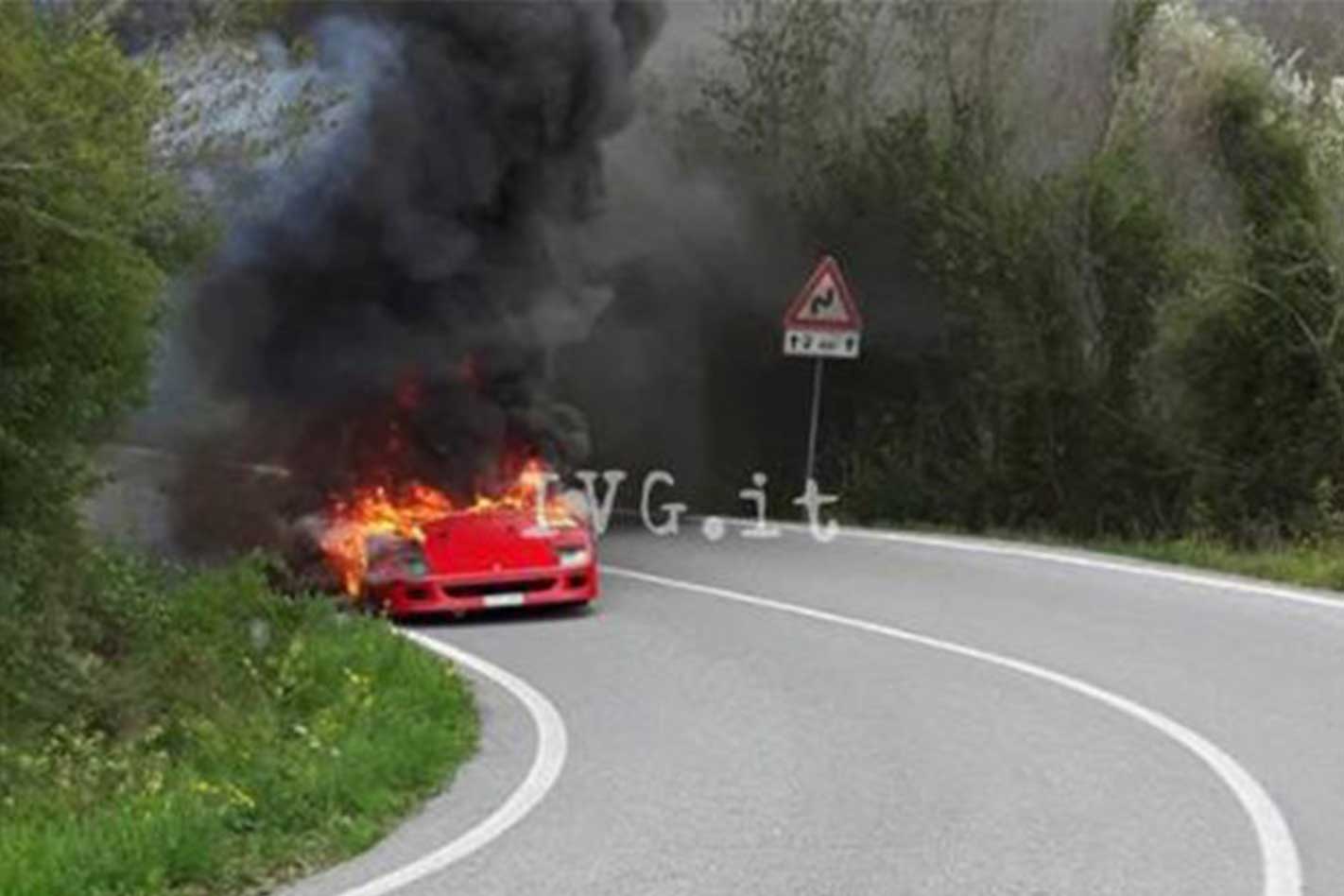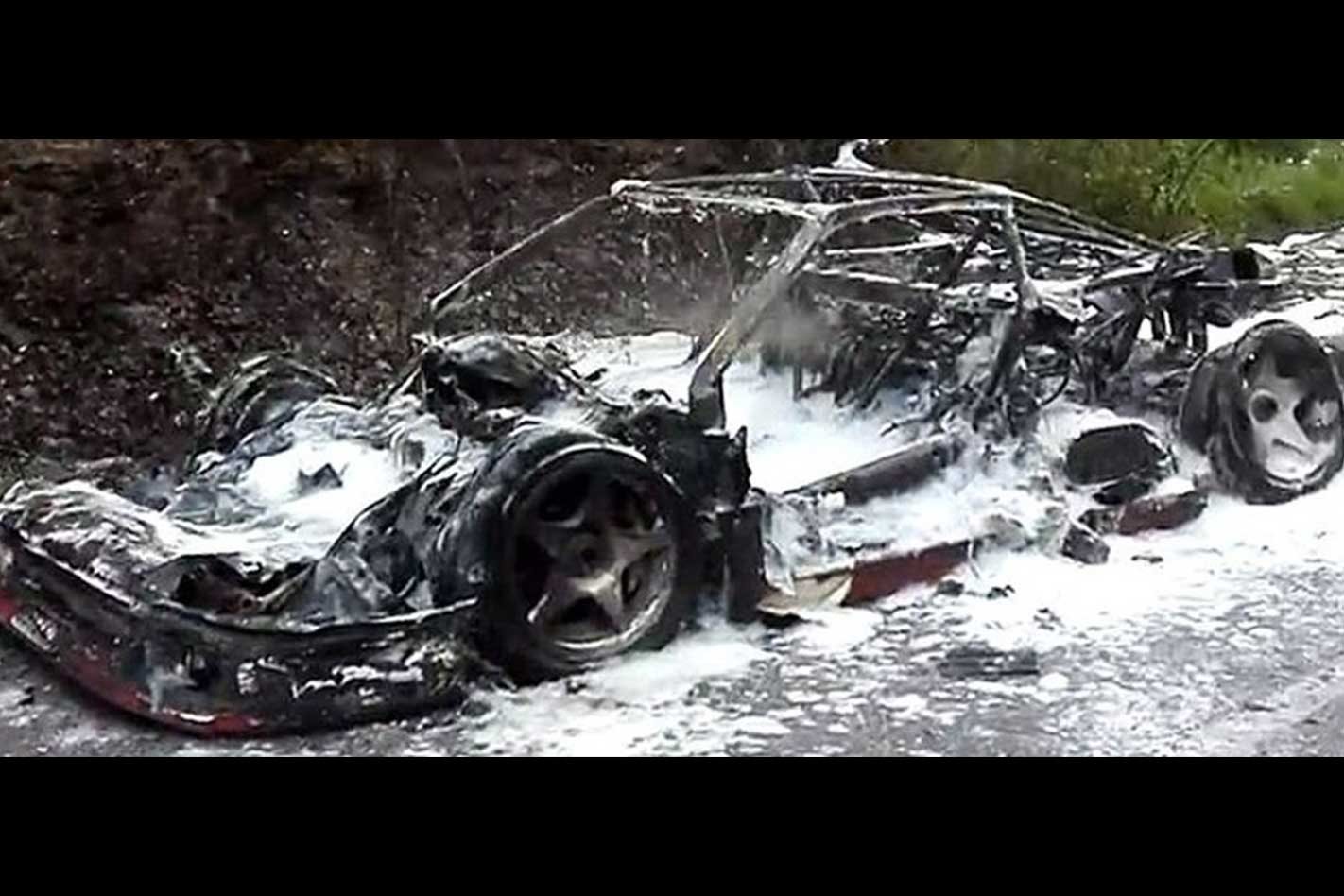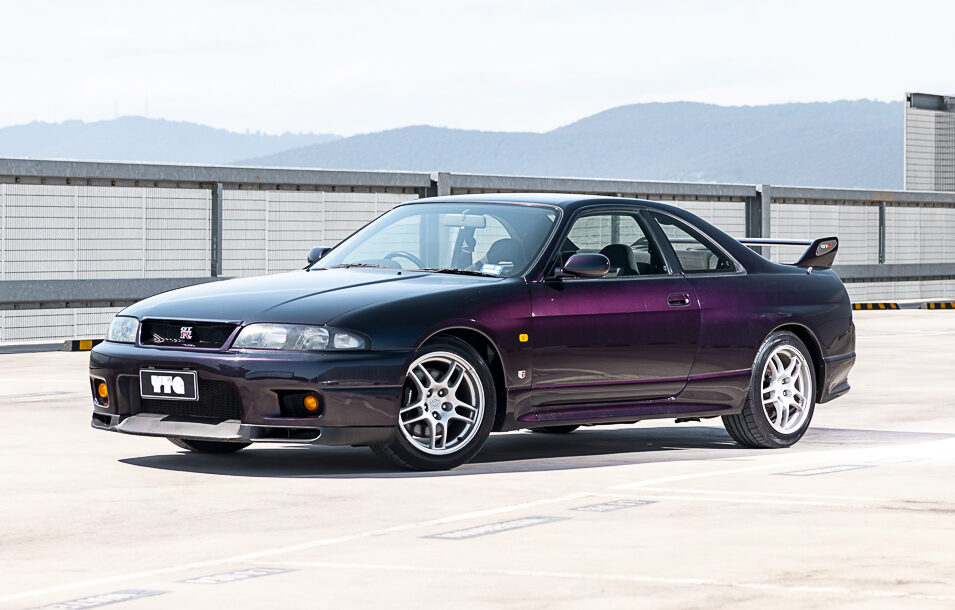It seems like a simple question, but why are supercars catching fire and burning to the ground seemingly according to a schedule.
Hundreds of viral videos documenting hot rides getting, well, a little too hot, have prompted us to find the most common reasons for these costly blazes.

First, we asked Melbourne supercar workshop Euro Motorsport what makes a supercar catch fire, and it’s not the answer the YouTube comments would have you believe.
For the most part manufacturer fault is to blame, with owners’ sometimes enthusiastic driving not likely to turn a fault-free supercar into a flambé fireball.
If the car is built properly, drivers hitting redline occasionally and driving hard shouldn’t damage the car, as long as some mechanical sympathy is exercised. Keep in mind that bouncing any engine off its limiter isn’t going to do any good.
This means that, yes, supercars are prone to some rather major mechanical failings from the factory, with the Product Safety Australia website proving a veritable trove of recalls relating to Lamborghini fire hazards, Porsche power steering failings, and even Aston Martin seat safety issues.
Now, it’s worth noting that these recalls exist because manufacturers are taking responsibility for the issues in their products and are fixing them free of charge, but problems of extreme nature are still making their way into some rather pricey machines.
One recall issued in May 2010 details an issue with the MY07 and ’08 Lamborghini Murcielago LP640, which was likely to lead to potential fuel leaks. The fuel tank would develop a failure at a weld point is the liquid inside moved too much and caused the tank to shift in place.
The recall document says that, “in rare cases, stress generated by the back and forth movement of gasoline inside the fuel tank during lateral and longitudinal accelerations, accompanied by vertical vibration could cause detachment of one or more spot welds holding the fuel pump support inside the fuel tank.
“A slow fuel leak could develop at the detached spot weld.”
Also listed, from August 2011, is a recall for Audi R8 Spyders built between 2009 and 2011 due to fuel lines potentially coming into contact with the exhaust heat shield.
A 2004 recall regarding 2003 Porsche 911 GT3s claimed that the power steering plumbing could come loose and cause power steering fluid to start fires after coming into contact with hot engine elements.
Even recently, a 2012-2017 Lamborghini Aventador recall stressed that overfilling the fuel tank could prevent the evaporative emission control system (EVAP) from containing fuel vapours, thus allowing them to reach hot engine gasses and ignite.
This recall, however, also notes an interesting point echoed by Euro Motorsport. If a non-approved exhaust is fitted, the problem can be compounded due to manufacturer specifications no longer being followed.
While owners’ driving isn’t often a cause of supercar fires – at least not in Australia, where the occurrence is rare – owners deciding to use aftermarket parts or engine tunes can be.
If a tuner decides, for example, to make an engine run rich enough to shoot admittedly spectacular flames from the exhaust, fire risks are increased exponentially.
The problem becomes even more dangerous in dry, hot climates like the Middle East, where YouTube would have you believe supercars burning to the ground are a regular occurrence.
In a report by UAE outlet The National, road safety and technical expert Robert Hodges says he has seen drivers “not turn off their engines while the car is being refuelled,” so that the air conditioner can keep the cabin cool in summer.
In addition, he said importing cars from other regions with different climates can mean a car is literally out of its comfort zone.
“The manufacturers usually supply Gulf specification cars to [the UAE], however some purchasers import grey market cars that are not built to Gulf spec and which are more likely to overheat,” Hodges told The National.
“Any supercar owner should really realise that the summer climate in [the UAE] can present real problems if you use a supercar to its limits during summer daytime hours.”
So, if a manufacturer builds a car with an inherent mechanical fault, and then its owner skips costly maintenance or installs unsafe aftermarket parts… well, you’ve all seen the videos.





